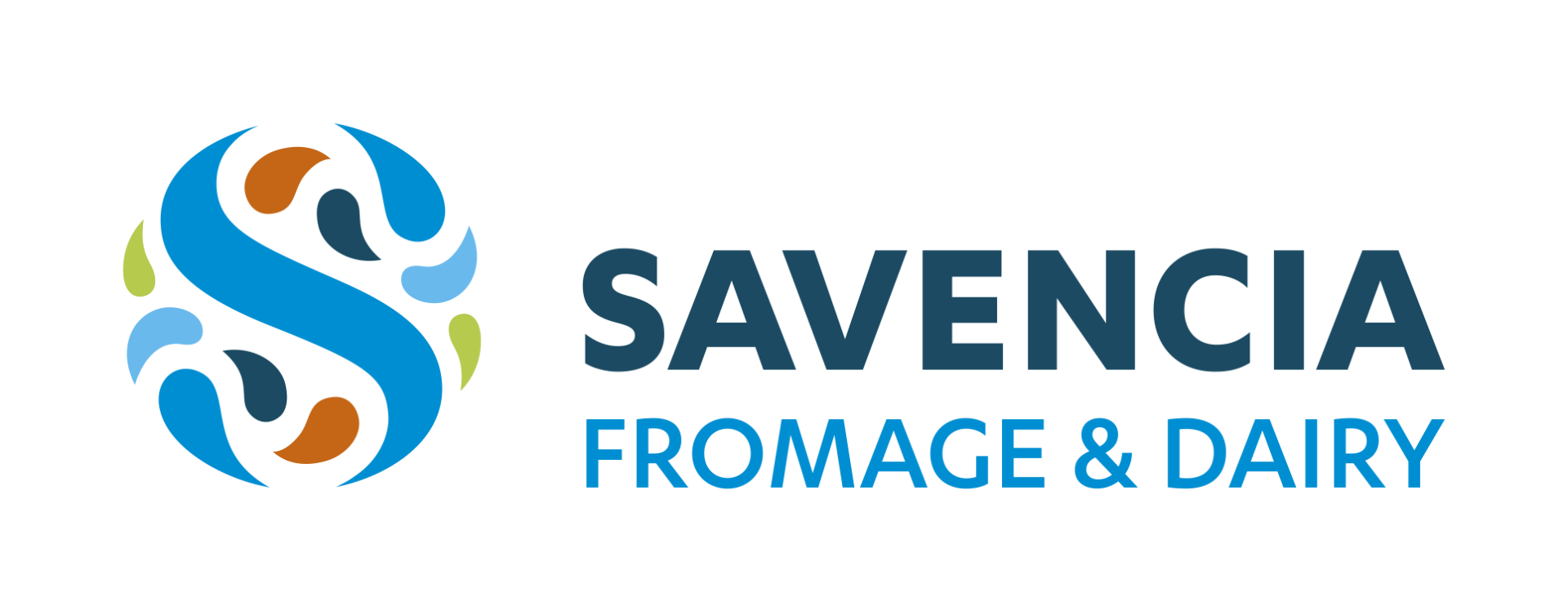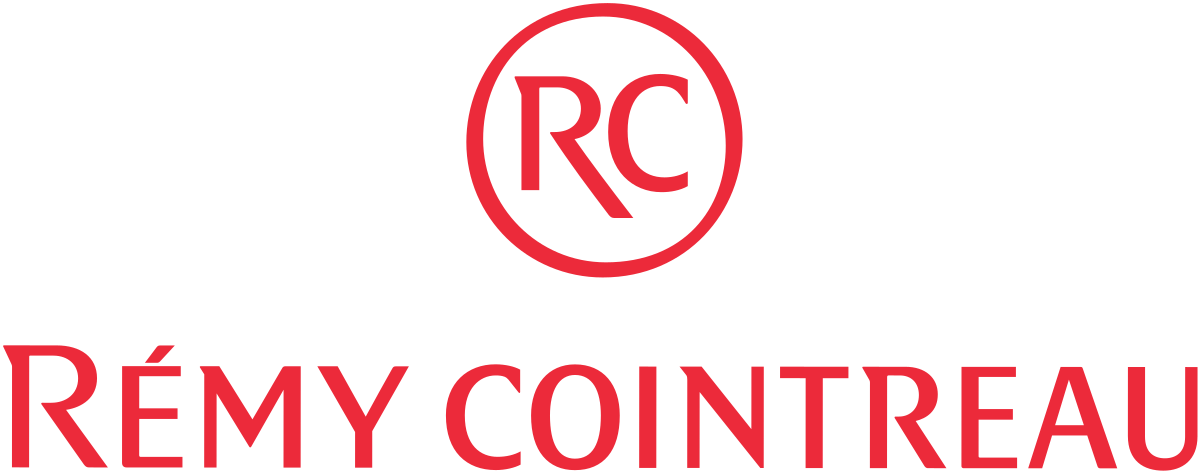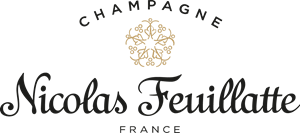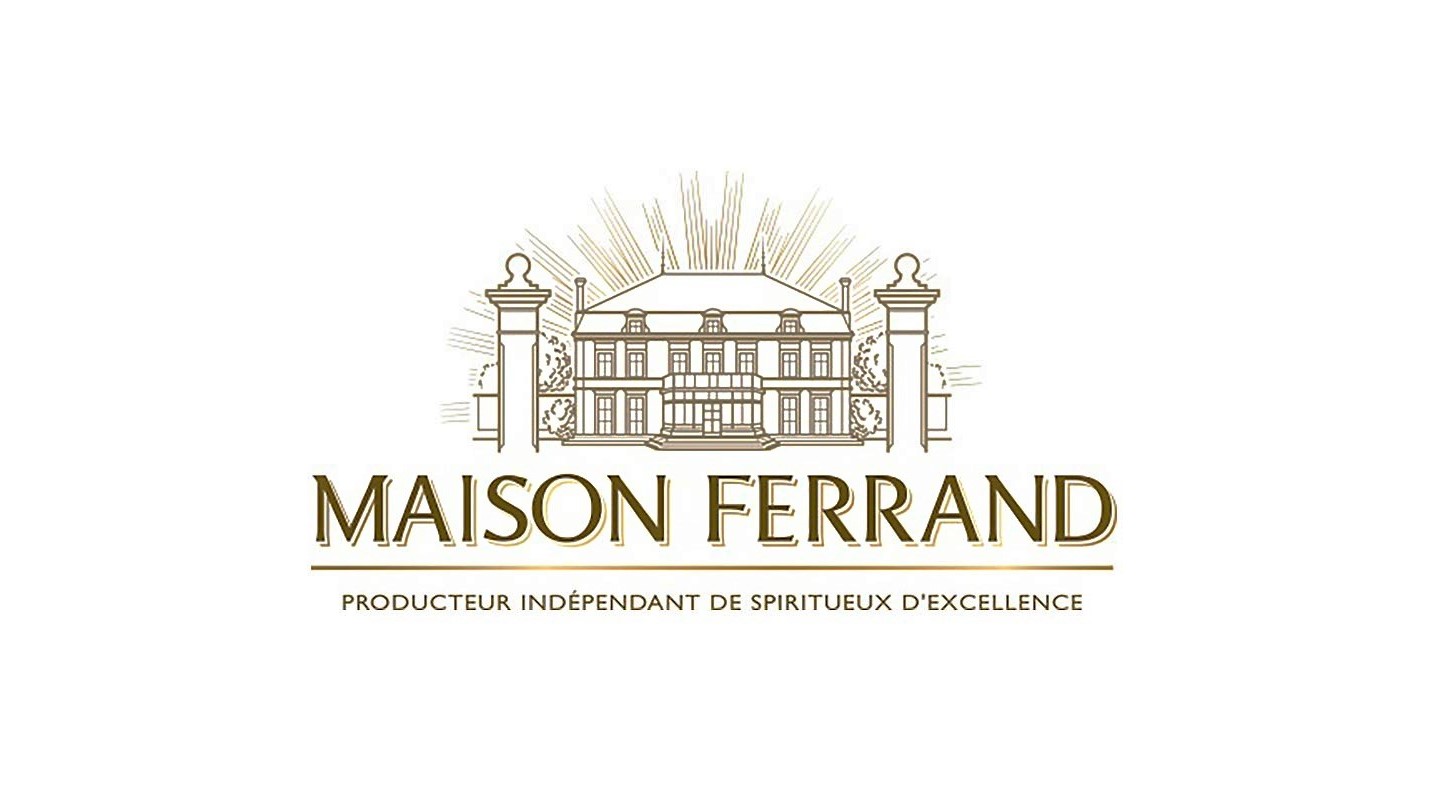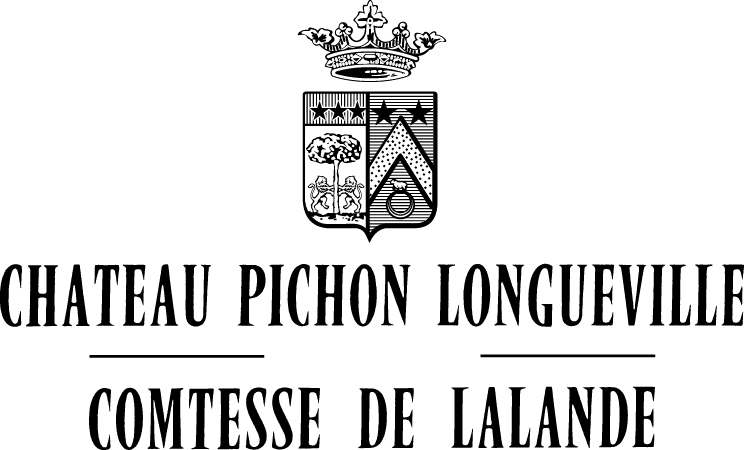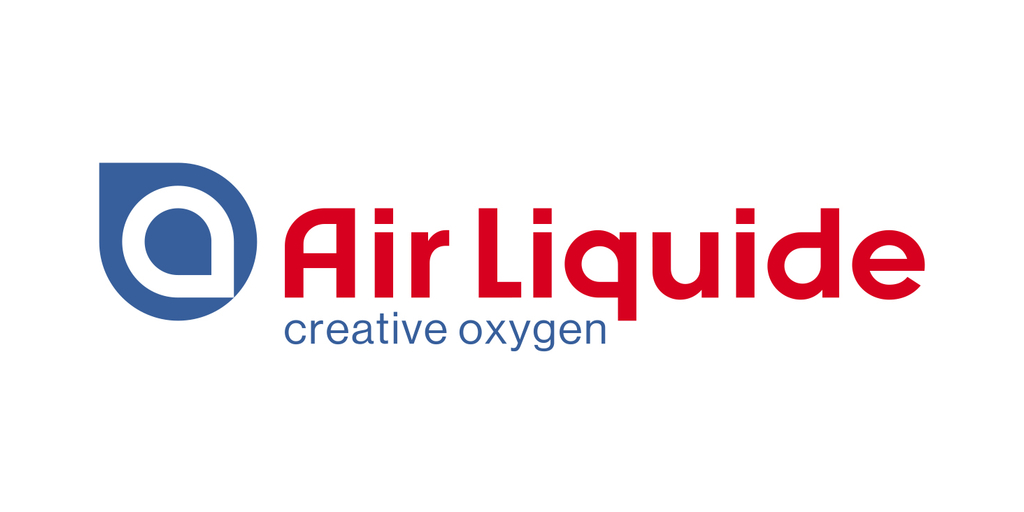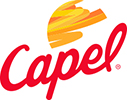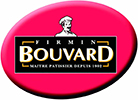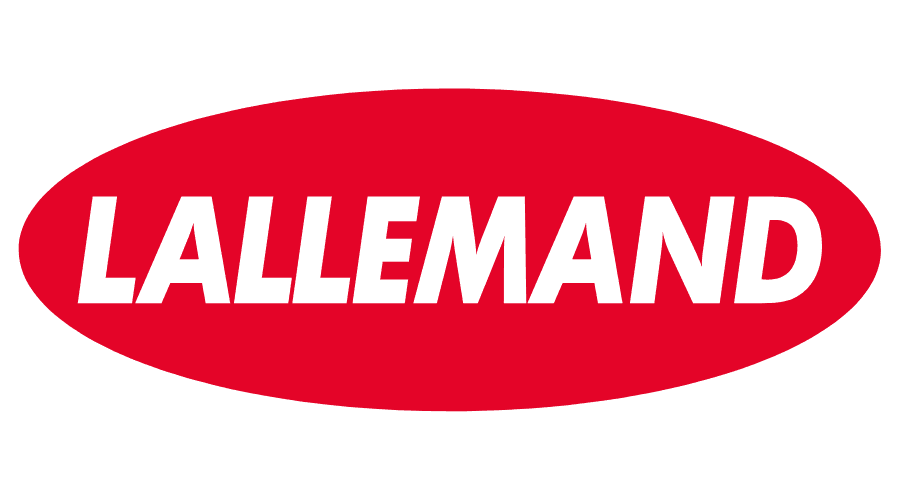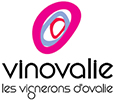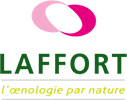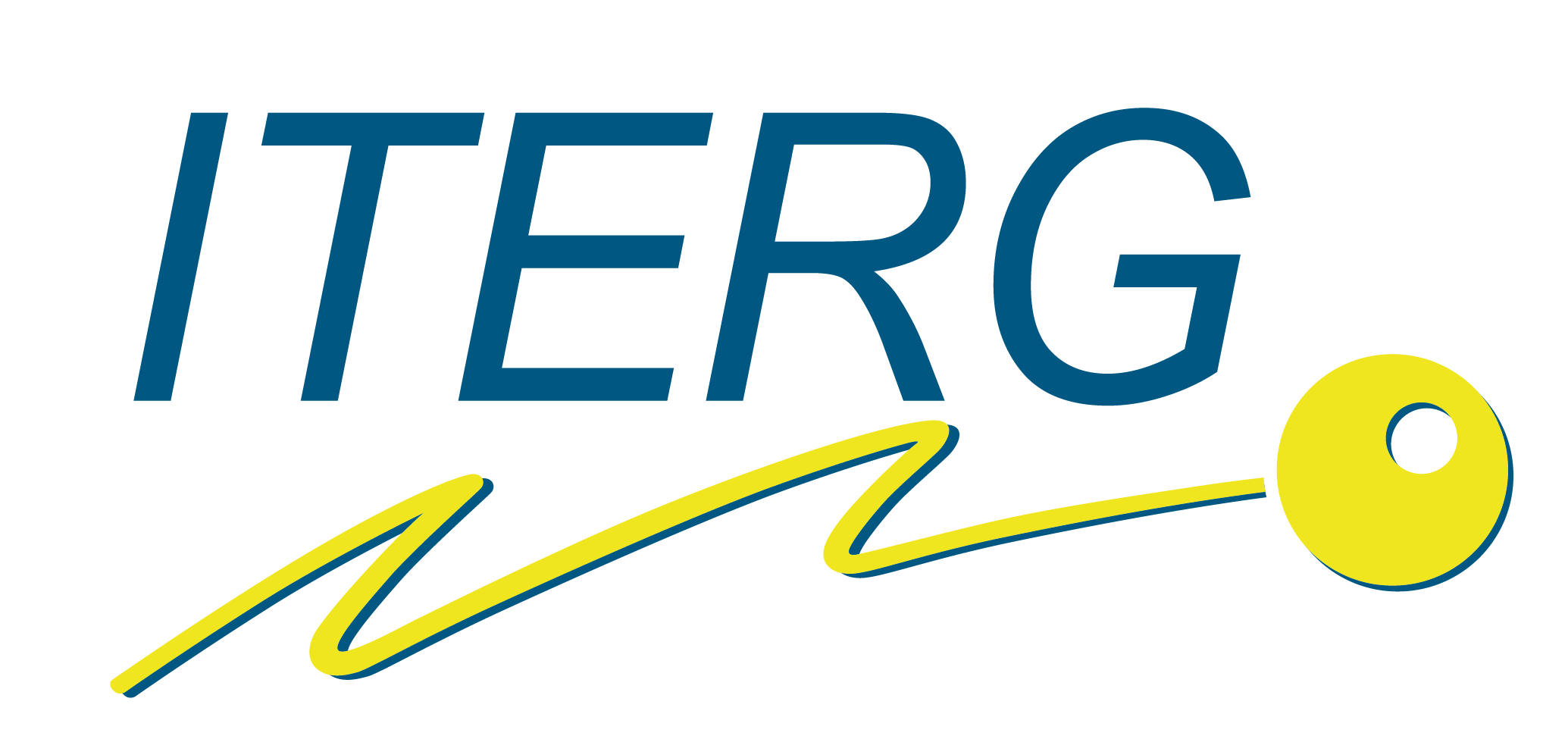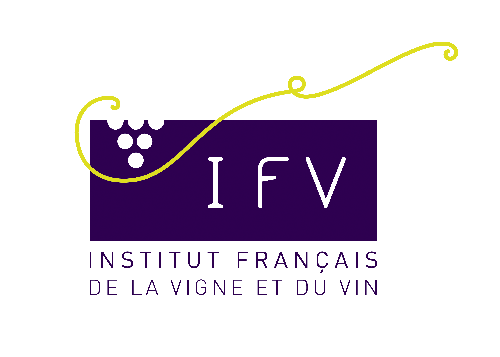TASTELWEB© OVERVIEW
Tastelweb© was created by Mr. Bertrand Thuillier, CEO of ABT Informatique, a French company founded in 1995. Mr. Thuillier is a professor of food engineering and sensory evaluation at Polytech Lille, AgroSup Dijon et EBI (Paris). In 2015, ABT introduced a new and innovative sensory test, called Pivot® Profile test.
Sirocco Food + Wine Consulting is the representative for Tastelweb© in Canada and the United States.
Did you know that Bureau Veritas chose Tastelweb© to evaluate and rank Bordeaux wines from Saint-Émilion. Read the story here.
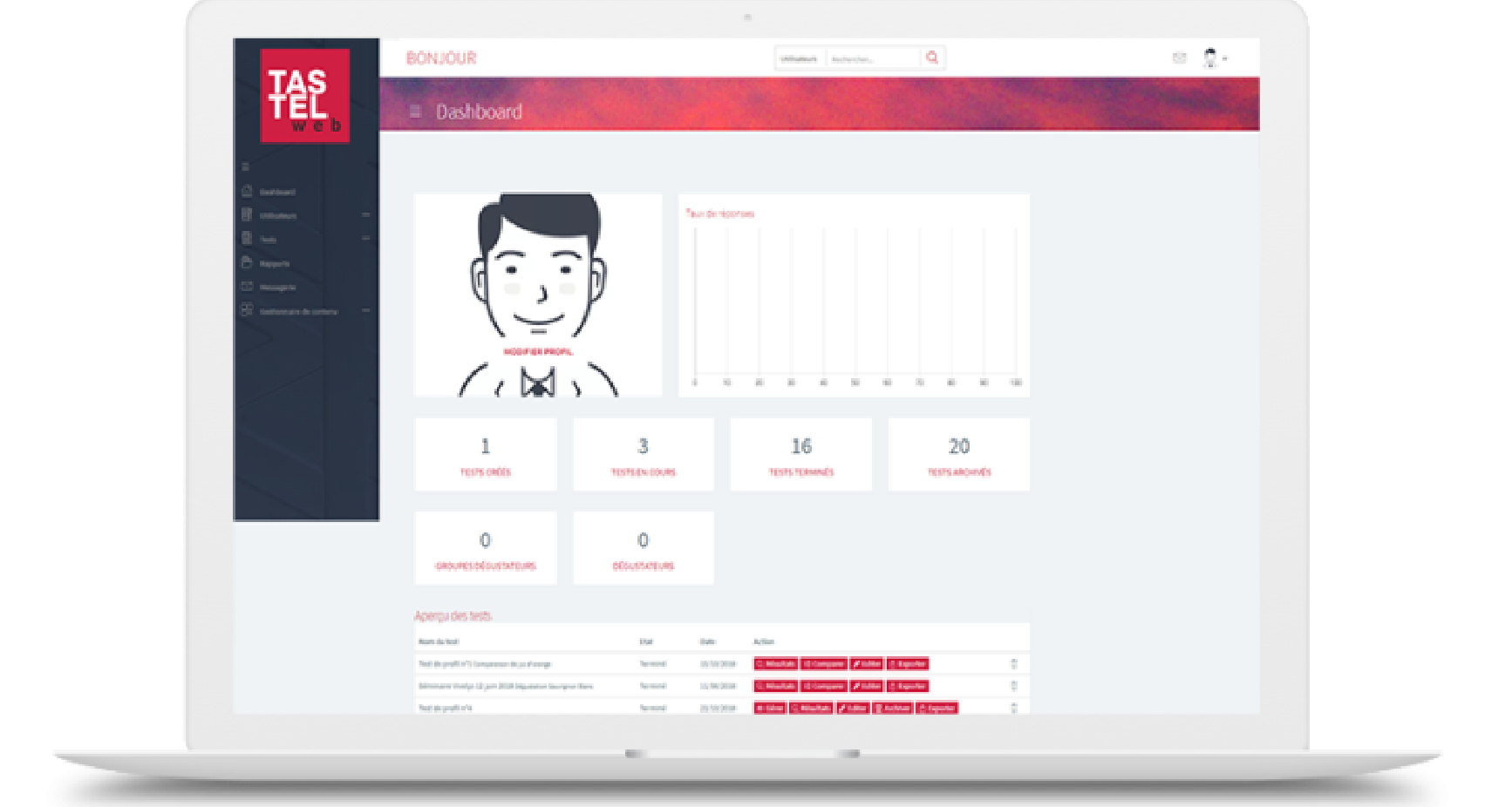
Featured Sensory Tests
Triangle Tests
The triangle test is a discriminative method which enables the comparison of two samples to determine if an overall sensory difference exists between two products. This test does not require expert assessors but it is used to screen potential panelists to assess their sensory acuity. This test is ubiquitous in the food industry to determine the effects of slight changes in product formulation or process on the sensory profile of a product.
Food Profiling/QDA®
Quantitative Descriptive Analysis (QDA®) is a robust sensory profiling methodology. QDA® was developed by Tragon Corporation in collaboration with UC Davis. When implementing sensory profiling and QDA® methodology, expert panelists or judges perform multiple product evaluations by rating the intensity of sensory descriptors using linear scales. The methodology is most effective when the panelists enjoy a good consensus regarding the sensory descriptors under study. Statistical analysis makes it possible to determine panelist performance and to quantify sensory differences amongst samples. QDA® results are often graphically represented such as on a spider graph or PCA plot.
Pivot® Profile Test
Pivot profiling is a rapid data collection methodology which requires that panelists assess and describe the sensory profile of a sample by comparing it to a control known as “the pivot”. This novel technique provides an alternative to QDA®, suitable to consumer studies. It was first introduced by Mr. Bertrand Thuillier’s team in a French study on Champagne. The method has also been tested on chocolate ice cream, honey and beer. The strength of the methodology is that it allows panelists to use their own language to describe differences in intensity between two products.
Development of the Pivot© profile method
Application of Pivot© profile method in the cosmetics industry
White paper: The Pivot© Profile Test or the intuitive sensory profiling method
Mapping/Napping®
Napping (from nappe, “tablecloth” in French) is a sensory evaluation methodology that requires expert panelists to group samples in a two-dimensional space according to how similar or different they perceive the samples to be from one another, placing samples which display similar sensory profiles close together and samples which are different further apart. The assessment can be conducted on a flat surface (table or workbench) or using a computer screen.
Consumer Tests
These tests are designed to collect consumer opinions (preference and acceptance data, target consumers’ likes and dislikes). They can be tailored to specific demographics such as children or an aging population. The data that scientists gather take the form of questionnaires and food sensory evaluations. Consumer surveys can be customized to suit the needs of your business. From long to short answers or using the 9-point hedonic scale, sensory scientists can use Tastelweb® to create modular questionnaires. Consumer data is analyzed statistically and graphed to generate immediate actionable insights.
Panel Training and
Performance Module
Tastelweb© allows the sensory panel coordinator to organise panel training sessions. Samples varying in intensity are prepared and assessed by the panel. The assessment is treated as for a profiling study, but a review of panelists’ scores is performed instead. It is possible to pre-populate sensory scores in order to determine differences between panelist scores and expected results. Overall panel performance results can be studied as well as individual panelist’s results.
Find out more information about Tastelweb© by downloading our free brochure:


